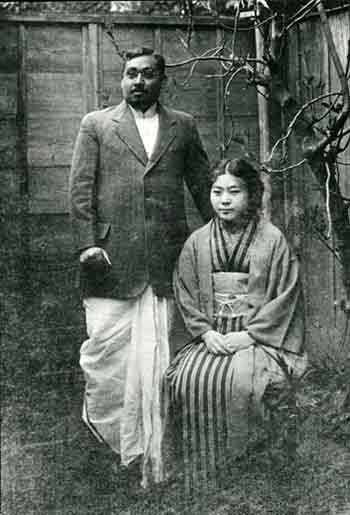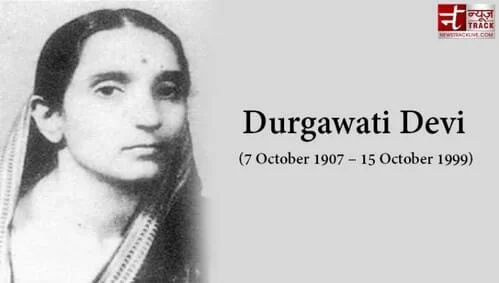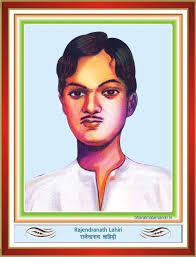Anna Hazare, a prominent social activist in India, has dedicated his life to fighting corruption, advocating for governmental transparency, and promoting grassroots democracy. Born on June 15, 1937, in Bhingar, Maharashtra, Hazare’s journey from a humble background to becoming a symbol of anti-corruption activism has been both inspirational and impactful. In this essay, we will delve into the life and works of Anna Hazare, focusing on his key contributions, methods of activism, and enduring legacy.
Early Life and Background
Anna Hazare was born as Kisan Baburao Hazare in a small village in Maharashtra. Coming from a farming family, Hazare’s early life was marked by struggles and hardships. He received minimal formal education and worked in various capacities, including as a soldier in the Indian Army.
Transformation and Awakening
Hazare’s transformation into a social activist began after his retirement from the Indian Army in 1978. Influenced by the teachings of Mahatma Gandhi and Vinoba Bhave, he embarked on a journey of self-discovery and social service. Hazare realized the pervasive corruption and inefficiency in Indian society, particularly within the government machinery, and felt compelled to address these issues.
Grassroots Activism
Hazare’s approach to activism has always been rooted in Gandhian principles of non-violence, truth, and civil disobedience. He firmly believes in the power of ordinary citizens to effect change from the bottom up. Hazare has consistently emphasized the importance of grassroots organizing, community mobilization, and public awareness campaigns in his fight against corruption.
Ralegan Siddhi and Model Village
One of Hazare’s most significant achievements is the transformation of his native village, Ralegan Siddhi, into a model of sustainable development and self-governance. Through his leadership and community engagement, Hazare implemented various initiatives, including watershed management, renewable energy projects, and rural education programs. Ralegan Siddhi’s success story has inspired similar efforts in other parts of India.
Campaign Against Corruption
Hazare gained national prominence in 2011 when he launched a high-profile campaign against corruption, demanding the enactment of a comprehensive anti-corruption law known as the Lokpal Bill. He embarked on a hunger strike and led mass protests in Delhi’s Ramlila Maidan, galvanizing millions of Indians to join his cause.
Jan Lokpal Movement
The Jan Lokpal Movement, led by Hazare, captured the imagination of the Indian public and sparked a nationwide debate on corruption and governance. Hazare’s unwavering commitment to the cause, coupled with his simple lifestyle and personal integrity, resonated with people from all walks of life. The movement attracted widespread media attention and put pressure on the government to take decisive action.
Government Response and Negotiations
Facing mounting public pressure, the Indian government eventually conceded to some of Hazare’s demands and introduced a version of the Lokpal Bill in Parliament. However, Hazare and his supporters deemed the proposed legislation inadequate and continued their agitation. Despite several rounds of negotiations and compromises, a consensus on the bill remained elusive.
Legacy and Impact
Although the Jan Lokpal Movement did not achieve all of its objectives, it left a lasting impact on Indian politics and society. Hazare’s relentless campaign against corruption forced politicians and policymakers to acknowledge the public’s demand for accountability and transparency. The movement also inspired a new generation of activists and citizen leaders to engage in social and political activism.
Criticism and Controversies
Despite his widespread popularity, Hazare has faced criticism from various quarters. Some have questioned his autocratic leadership style and his refusal to engage with political parties or existing institutions. Others have accused him of being selective in his targets and overlooking broader systemic issues beyond corruption.
Continued Activism
In the years following the Jan Lokpal Movement, Hazare has remained active in advocating for various social and environmental causes. He has campaigned against issues such as land acquisition, farmer suicides, and electoral reforms. While his influence may have waned in recent years, Hazare continues to command respect as a moral authority and elder statesman of Indian activism.
Conclusion
Anna Hazare’s journey from a humble village in Maharashtra to the forefront of India’s anti-corruption movement is a testament to the power of individual courage and collective action. His life’s work embodies the spirit of Gandhian principles and serves as a beacon of hope for those fighting against injustice and inequality. While the road ahead may be fraught with challenges, Hazare’s legacy will endure as a reminder of the power of ordinary citizens to challenge the status quo and strive for a better tomorrow.






